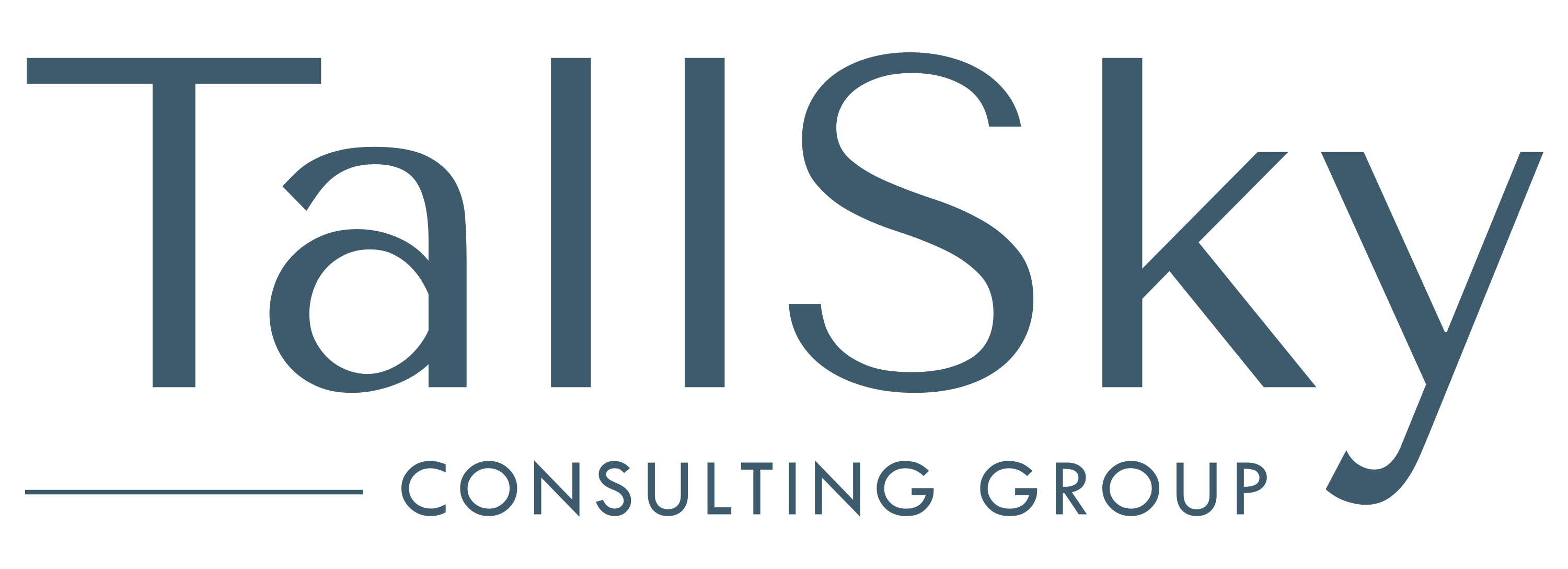
The recruitment landscape is always changing and over the past several years it has been increasingly challenging to find and hire the right employee. Fewer qualified candidates and more competition for the best talent, means top candidates often find themselves in the enviable position of deciding between multiple job offers and being able to negotiate better compensation packages. However, in response to the pandemic environment over the past year, there have been shifts in these trends as we all navigate the new and often remote workplace, reduced work forces, and changing priorities for both the candidates and employers.
This TallSky blog provides employers with an overview of some of these changes and how they may wish to adjust their recruiting process. We think it may require some thinking outside the box.
Why and what are some of the changes we are seeing?
Marketing the job:
Employers have typically counted on being able to post their positions over multiple channels for maximum exposure. Generally, we could expect candidates to be most active in looking for work and applying for positions during the evenings and on weekends so it was easier to target our audience in this way. As individuals spend more time at home and there is a stronger focus on balancing work and home life, managing stress and mental health while maintaining connections with friends and family, we are seeing candidates more protective of their time off. It’s more likely they will be actively searching for jobs on weekdays, particularly Monday through Thursday, and not during evenings and weekends when personal time is the priority.
Quality of candidates:
Many industries and companies have experienced a drop in revenue resulting in reduced headcounts or they have restructured their organization and workforce in response to changing revenues. This has resulted in higher unemployment and as a result, more individuals searching for work. We are seeing more experienced candidates applying for positions they may not have considered in the past, for many reasons. As a result, there is increased competition for fewer jobs and employers may have an opportunity to hire highly qualified candidates who are applying for a position. They may want less stress or have the hope a new employer will recognize their potential and ability to contribute, perhaps with a promotion and the potential for career growth and development, increasing their long-term job security within the company. Of course, employers will be assuming the risk that these same highly qualified candidates may be harder to retain when the economy recovers and the job market opens up.
Interview process:
Many hiring managers were used to meeting candidates in person and they felt most comfortable assessing candidates in this format. With the introduction of the public health protocols, it has created requirements to utilize video conferencing and phone conversations in place of the in-person interview. This meant leaders had to develop new skills and implement better tools to assess candidates and determine fit. In many instances, this has resulted in a more structured and formal approach to the interview process – a good thing for the quality of the interview and a more consistent experience for candidates. Creating a safe space online, understanding voice intonation, reading facial expressions, and providing allowances for issues with connectivity and distractions in a home environment have presented a learning curve for both interviewee and the interviewer for the interview process.
Time frames:
Many candidates who are currently out of work are anxious to find employment and are prepared to accept an offer when they receive it even if it may not be their ideal job or first choice. Some candidates are finding their current employment is unstable, they are looking to find more secure employment to ensure their financial needs are met, particularly during this uncertain time. It is important to streamline hiring to ensure an efficient and timely process, avoiding any unnecessary delays to keep good candidates engaged throughout the interview, reference and offer stages of the process in order to ensure the best candidate accepts the job.
Value proposition:
Candidates are searching for positions taking into account the stability of the company, job security, as well as health and safety as new priorities. However, the company’s culture and core values still hold key importance in attracting the best candidates. Fair and equitable compensation programs, providing learning opportunities, and the potential for career growth remain critical factors to many job seekers. The first employer who can effectively communicate an offer and deliver on these considerations will quickly sign, and more importantly, retain a new employee.
As always, continuing to understand the changing dynamics and priorities for an effective recruitment process is critical to hiring the right person for the right position. Being agile and adapting your processes for hiring and interviewing will enable both employers and job seekers to succeed in this new and hopefully soon to be post-pandemic world.
